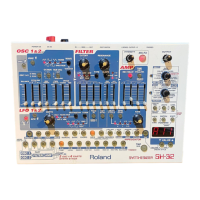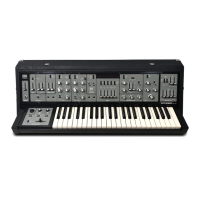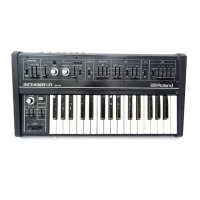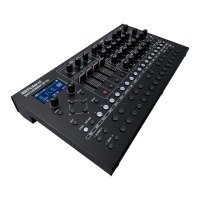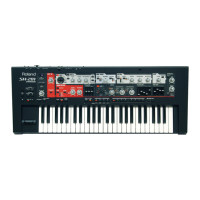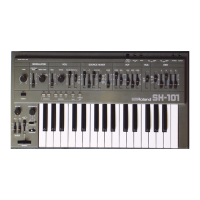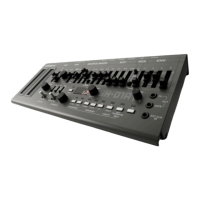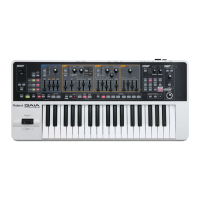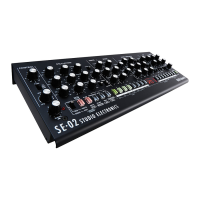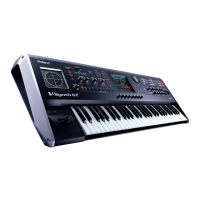Thank you, and congratulations on your choice of the Roland Synthesizer SH-32.
Copyright © 2001 ROLAND CORPORATION
All rights reserved. No part of this publication may be reproduced in any form without
the written permission of ROLAND CORPORATION.
Before using this unit, carefully read the sections entitled: “USING THE UNIT
SAFELY” and “IMPORTANT NOTES” (p. 2; p. 4). These sections provide important
information concerning the proper operation of the unit. Additionally, in order to
feel assured that you have gained a good grasp of every feature provided by your
new unit, Owner’s Manual should be read in its entirety. The manual should be
saved and kept on hand as a convenient reference.
The SH-32’s
Low Boost function
, which compensates for smaller speakers and other
systems with insufficient low end, is set to ON at the factory. When using the SH-32 with
large speakers or a PA, we recommend turning this feature off. Use the following procedure.
1. While holding down [2/B], turn on the SH-32’s power.
2. Press [VALUE ▼] to switch the function to “ ” (Off).
3. Turn the power off, then on again.
OWNER’S MANUAL
